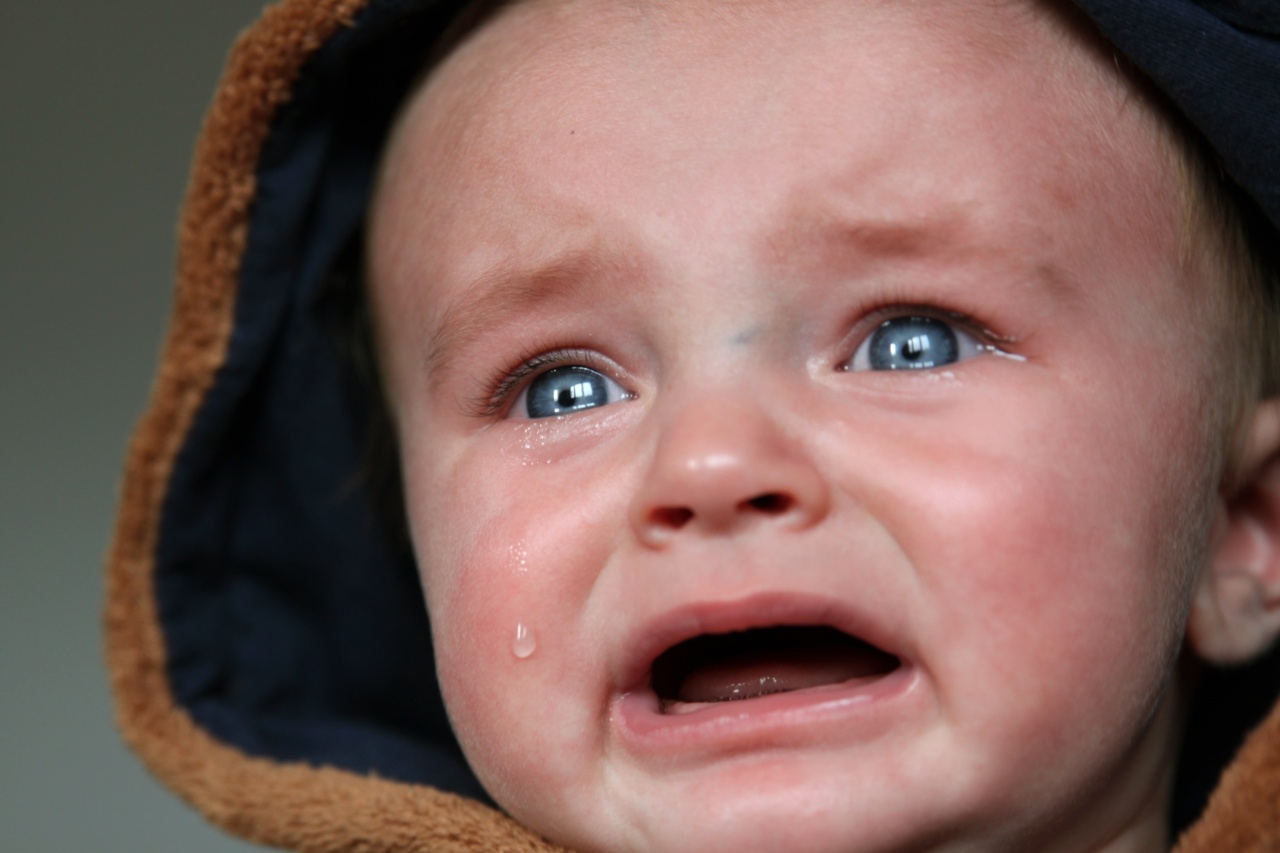Babies cry. A lot. From birth until they reach roughly 4 months of age, babies cry an average of 2 hours per day. At times, it can seem like babies cry just to cry. But crying is actually an important aspect of baby development, say experts.
Why do babies cry?
There are many reasons why babies cry. Here are some of the most common:.
- Hunger
- Tiredness
- Wetness or dirty diaper
- Discomfort. This could be from a tight onesie, too-hot or too-cold room temperature, or a scratchy tag on clothing.
- Loneliness or a need for comfort, cuddles and love
- Anxiety or fear
- Pain or illness
- Overstimulation
While parents may be able to identify some of these causes of crying, sometimes their baby cries and they just can’t seem to figure out what’s making them so upset. That’s normal too!.
The importance of crying in baby development
Although crying can be challenging for parents, it’s actually an important part of baby development. Here’s why:.
Crying helps babies communicate
Babies cry because it’s the only way they know how to communicate. They don’t have words, yet, so crying is their way of telling their parents that they need something.
Whether they’re hungry, wet, in pain, or just want a cuddle, crying is how they get their message across.
Crying helps babies regulate their emotions
As they grow, babies will learn to regulate their emotions through crying. During those first few months of life, babies cry because they have a need. But as they get older, their crying may take on a different tone.
They might cry when they’re upset or frustrated, or even when they’re happy or excited. These are all normal ways for babies to express their emotions and eventually learn to regulate them in a healthy way.
Crying helps babies bond with their parents
When a baby cries, their parents respond. This is a natural instinct. Over time, as the parents consistently respond to their baby’s cries, a bond is formed. The baby learns that when they are in need, their parents will be there to meet that need.
This trust and security forms the basis for a healthy attachment between parent and child.
Crying helps build baby’s strength
Crying is tiring work. When babies cry, they use a lot of energy. They have to work hard to draw breath in and out, and their crying movements can be quite vigorous. This is actually beneficial to their development.
As they cry, they are building their strength, particularly in their lungs and diaphragm.
When to be concerned about crying
Although crying is a normal part of baby development, there are times when it can be cause for concern. Here are some things to watch for:.
Crying is excessive or constant
Although babies cry a lot, there is such a thing as too much crying. If your baby cries excessively or constantly, even after their needs have been met, it could be a sign that something more serious is going on.
Talk to your paediatrician if you’re concerned.
Crying is accompanied by other symptoms
If your baby’s crying is accompanied by other symptoms, such as fever, vomiting, or diarrhea, it could be a sign of illness. Again, talking to your paediatrician is advisable.
The crying is weak or feeble
Babies cry loudly, vigourously and with lots of energy. If your baby’s cry is weak or feeble, it could be a sign that something is wrong. This could be a symptom of an underlying condition, such as heart disease.
Conclusion
Crying is a normal part of baby development. It’s how babies communicate, regulate their emotions, bond with their parents, and even get stronger.
While it can be challenging for parents at times, it’s important to remember that most of the time, crying is a sign that your baby just needs some attention and care. If you’re ever concerned about your baby’s crying, don’t hesitate to talk to your paediatrician. They can offer guidance and support as you help your baby grow and develop.






























